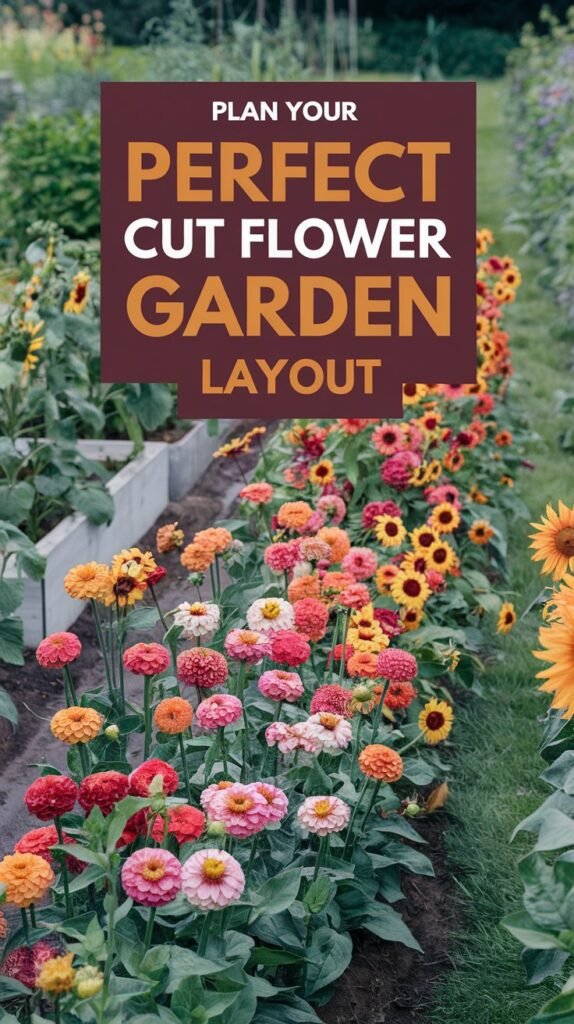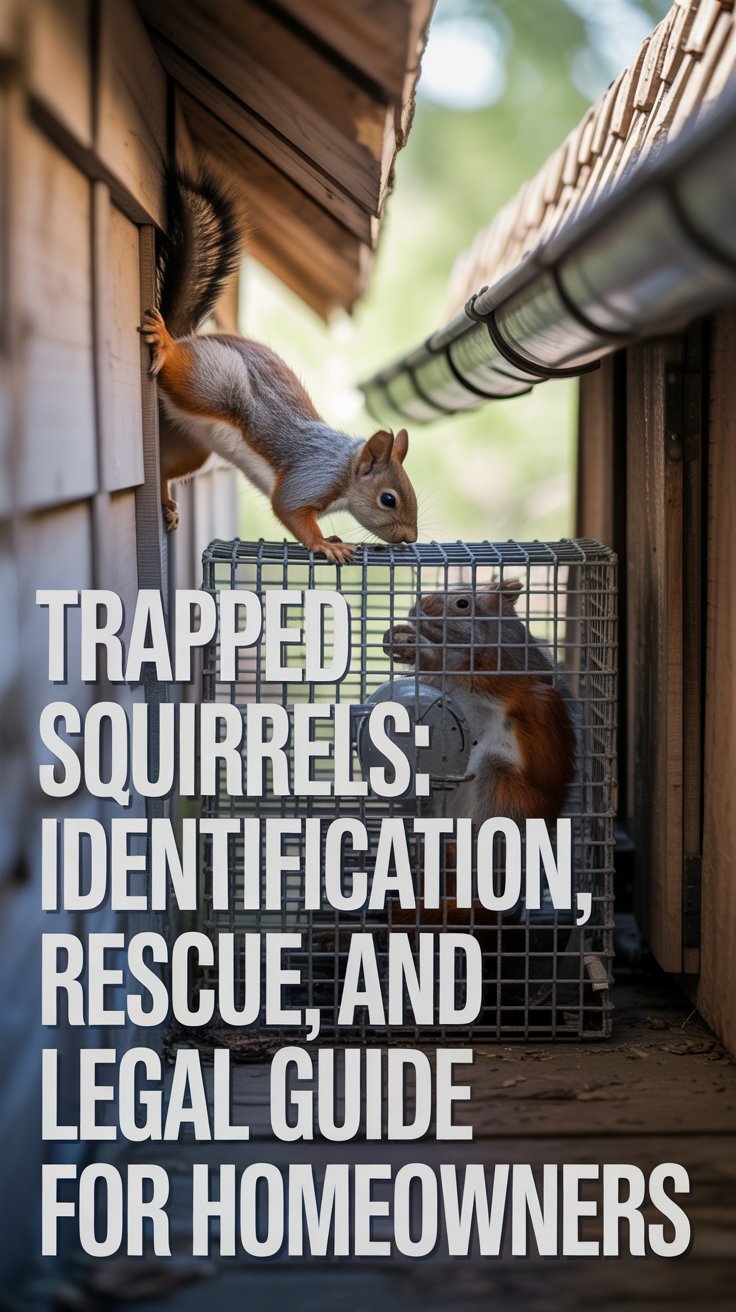Discover expert tips from Ashley Scott on designing a cut flower garden layout. Perfect for beginners and pros—start growing stunning blooms today!

Hi, I’m Ashley Scott, and I’ve been gardening for over 10 years. One of my favorite projects is designing a cut flower garden layout that’s both beautiful and functional. Whether you’re a beginner or a seasoned gardener, I’m here to share my tips and tricks to help you create a garden that produces stunning blooms for your vases all season long. In this article, I’ll walk you through everything you need to know about planning a cut flower garden layout, from choosing the right plants to arranging them for maximum appeal and ease.
Let’s dive in!
What is a Cut Flower Garden Layout?
A cut flower garden layout is a plan for arranging flowers you grow specifically to cut and use in bouquets or arrangements. Unlike a regular flower garden that’s all about curb appeal, this type of garden focuses on producing long-stemmed, vibrant blooms you can snip and enjoy indoors. It’s about blending practicality with beauty.
When I started my first cut flower garden, I planted everything in one long row. It looked nice from a distance, but reaching the flowers at the back was a nightmare! Now, I use a grid-style cut flower garden layout that makes harvesting a breeze. Trust me, a good layout can save you time and keep your garden thriving.
Why You Need a Well-Planned Cut Flower Garden Layout
A thoughtful layout does more than just look good. Here’s why it matters:
- Maximizes Space: You can grow more flowers without overcrowding.
- Easier Access: Harvesting blooms becomes simple and stress-free.
- Boosts Growth: Proper spacing and sunlight keep plants healthy.
- Looks Great: Even a practical garden can be a backyard showpiece.
Whether you’re dreaming of a small cut flower garden layout or a sprawling cut flower farm near me, planning is the key to success.
Planning Your Cut Flower Garden Layout
Before you grab a shovel, let’s talk about the basics of planning. Here’s what I consider every time I design a new garden:
1. Space
How much room do you have? A backyard cut flower garden layout can fit in a small 4×8 foot plot, while a larger space might call for rows or multiple beds. If you’re tight on space, try a raised cut flower garden layout or even containers on your patio.
2. Sunlight
Most cut flowers love full sun—6-8 hours a day. I always scout my yard to find the sunniest spots. If you’ve got some shade, don’t worry—flowers like foxgloves or astilbes can still work.
3. Soil
Healthy soil is a must. I test mine to check pH (aim for 6.0-7.0) and add compost to boost drainage and nutrients. Good soil means happy plants!
4. Climate
Your growing zone matters. I’m in the USA, and if you’re in cut flower garden layout zone 5 like some of my readers, you’ll want hardy plants like peonies or tulips. In cut flower garden layout zone 7, you might lean toward heat-tolerant zinnias or dahlias.
5. Layout Options
Here are some styles I’ve tried:
- Traditional Rows: Perfect for big spaces, easy to maintain.
- Raised Beds: Great for small yards or poor soil. I love my raised cut flower garden layout for its neat look.
- Grid Layout: My go-to now—small squares or beds that make everything accessible.
- Containers: Ideal for an indoor cut flower garden or tiny spaces.
If you’re new to this, start with a beginner cut flower garden layout free of complexity—like a single raised bed. You can download a cut flower garden layout template from sites like Floret Flowers to get inspired.
Choosing Plants for Your Cut Flower Garden
Picking the right flowers is half the fun! Here’s how I decide:
1. Top Cut Flowers
These are my favorites for cutting:
- Roses: Timeless and fragrant.
- Zinnias: Bright, easy, and beginner-friendly.
- Dahlias: Big, bold blooms in tons of shapes.
- Sunflowers: Cheerful and tall—perfect for drama.
- Peonies: Lush and romantic for spring.
Check out my post on Top 10 Cut Flowers for Beginners for more ideas!
2. Perennials vs. Annuals
- Perennials: Come back every year. Think lavender or coneflowers for perennial cut flower garden layout plans.
- Annuals: One-and-done but bloom longer. Zinnias and cosmos are my annual staples.
I mix both for variety and reliability.
3. Planning by Traits
- Color: I love a mix of pinks, yellows, and whites for soft bouquets.
- Height: Tall plants like sunflowers go in back, short ones like alyssum up front.
- Bloom Time: Stagger early (tulips), mid (roses), and late (asters) bloomers.
One year, I planted all early bloomers and had nothing by July. Lesson learned—variety is key!
Arranging Plants in Your Cut Flower Garden Layout
Now, let’s get those plants in the ground. Here’s how I arrange mine:
1. Grouping
- Height: Tall in back, short in front.
- Color: Cluster similar shades or mix it up for pop.
- Bloom Time: Spread out the seasons.
2. Companion Planting
Marigolds keep bugs off my roses, and basil (yes, it’s a flower too!) boosts nearby plants. It’s like teamwork in the garden.
3. Spacing
Give plants room—12-18 inches apart usually works. Crowding leads to weak stems, and I learned that the hard way.
4. Sample Cut Flower Garden Layout Plan
For a 4×8 foot raised cut flower garden layout:
- Back: Sunflowers or delphiniums (tall).
- Middle: Zinnias or snapdragons (medium).
- Front: Marigolds or alyssum (short).
Want a visual? Sketch a cut flower garden layout template or grab one online from Cornell University’s gardening resources.
Maintaining Your Cut Flower Garden
A little TLC goes a long way. Here’s what keeps my garden blooming:
1. Watering
I aim for 1 inch of water a week, using a soaker hose to keep leaves dry. Early morning is my watering time—plants love it.
2. Fertilizing
A slow-release fertilizer in spring, plus liquid feed for heavy bloomers like dahlias, keeps things lush.
3. Pest Control
Aphids? Slugs? I hand-pick or use neem oil. Check out University of Minnesota Extension for organic pest tips.
4. Deadheading
Snip faded blooms to trick plants into making more. It’s a game-changer for zinnias.
5. Harvesting
Cut in the morning with sharp scissors, then dunk stems in water fast. I learned this after wilting my first batch!
Need more care tips? See my guide on How to Care for Your Cut Flower Garden.
Special Twists on Cut Flower Garden Layouts
1. Indoor Cut Flower Garden
No yard? Grow dwarf sunflowers or mini roses indoors by a sunny window. Use big pots with drainage—it’s that simple.
2. Cut Flower Farm Near Me
Farms use long rows for mass production. If you’re curious, search “cut flower farm near me” and visit one. I toured a local farm and got hooked on the idea!
3. Regional Vibes
In the cut flower garden layout UK style, you might see sweet peas or foxgloves. Here in the USA, zinnias and sunflowers rule. Tailor your picks to your climate.
Wrapping Up
Creating a cut flower garden layout is part science, part art, and all fun. Start with your space, pick plants you love, and arrange them with care. Over my 10 years of gardening, I’ve gone from chaotic rows to tidy grids, and I’ve never looked back.
Ready to dig in? Start small, tweak as you go, and enjoy every bloom. For more ideas, head to USA Garden Hub. Happy gardening!



